-
Latham Hi‑Tech Seeds
Ask The Agronomist: Plan for a Dry Spring Part 1
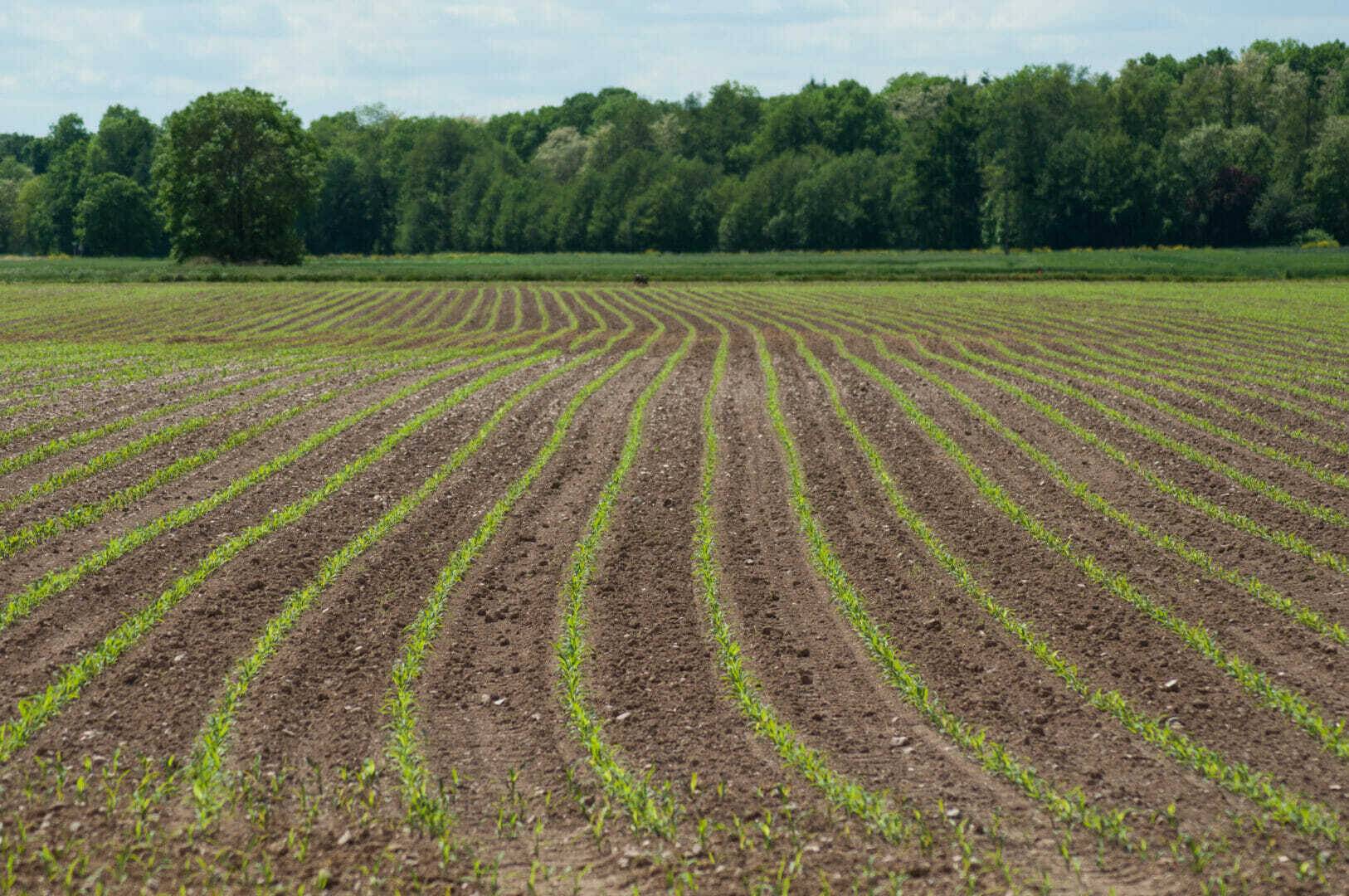 Join us for Part 1 of our spring planting discussion. Phil Long discusses two factors to consider as we head into a dry spring. #AsktheAgronomist #LathamSeeds:25 – Topic introduction1:10 – Tillage practices4:15 – Row cleaner recommendations6:00 – Nitrogen Applications11:15 – Final thoughts
Join us for Part 1 of our spring planting discussion. Phil Long discusses two factors to consider as we head into a dry spring. #AsktheAgronomist #LathamSeeds:25 – Topic introduction1:10 – Tillage practices4:15 – Row cleaner recommendations6:00 – Nitrogen Applications11:15 – Final thoughts -
Latham Hi‑Tech Seeds
4 Factors to Improve Efficiency in 2021
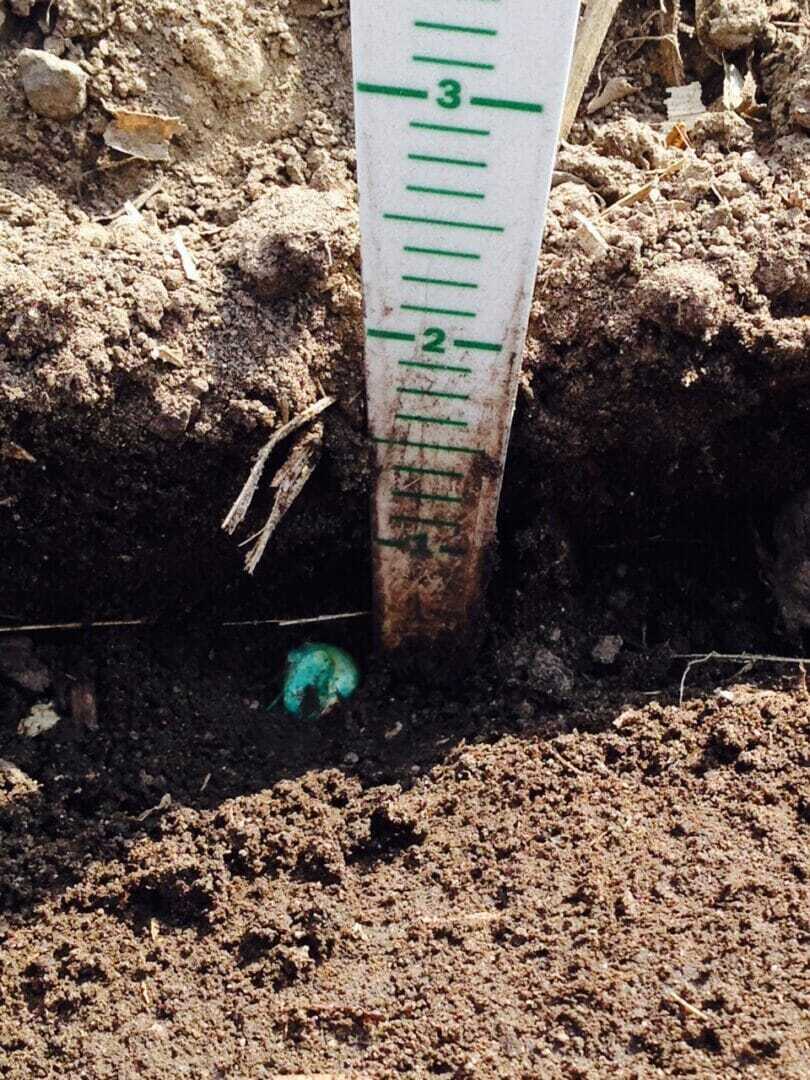
It was a beautiful, extended fall season, giving us ample time to finish tillage, fertilizer applications, tilling and other field work. Our machinery was strategically tucked away in the shed before the snow fell. Speaking of strategic placement…
Is your planter all the way in the back of the shed because you aren’t planning to touch it until March? Now is actually a good time to start thinking about your planter. New technology allows us to make our existing planter as good as – if not better than – the brand new planter on the lot at the implement dealership. One perk of working with us at Latham Hi‑Tech Seeds is using our Data ForwardSM services to help you make some unbiased decisions. Perhaps you weren’t happy with the way your corn was spaced in 2020 or maybe you noticed uneven emergence last spring. We can help you determine why this happened and fix these issues before going into 2021 planting season.
If you attended a plot tour last summer or listened online to our Corn Product Manager Lyle Marcus, you know he emphasized the importance of planting depth. It can be difficult to stay consistent across the field; controlling planter speed is one of the simplest ways to achieve optimum seed placement. We can review planter speed. We also can explore technology options for your planter, so you can monitor and control variabilities throughout a field.
Another factor to consider is planting depth. Oftentimes, we say 2.75 inches is a safe planting depth to allow adequate moisture and growing degree units (GDUs) to attain even emergence.There is a lot of talk around two-inch planting depths. This could be optimal if there is adequate moisture. Planting at 2 inches with adequate moisture can get you better emergence due to having faster GDU adaptation. This also means that it could come out of the ground better in crusting conditions, but keep in mind that the key to shallower planting is moisture. It’s risky to rely on moisture being available at that shallower depth.
We spend a lot of time helping our Data Forward clients improve efficiency. While this can encompass many things, we focus on your planter, seed and equipment. We believe one of the most important assets to a farmer’s operation is the planter. If the planter is not equipped to place that seed where it is going to thrive, then other investments throughout the year are not going to be as valuable either.
One of our biggest challenges is helping clients achieve uniform, speedy emergence. If one plant emerges 24 to 48 hours after its neighbor, that plant will compete for the sunlight that its neighbor is already harvesting. The plant starving for sunlight will be a runt for the rest of the growing season.
Keep these four things in mind when trying to keep even heat and moisture to achieve even emergence:- Manage residue.
- Maintain planting depth.
- Achieve good seed-to-soil contact (no air pockets).
- Eliminate compaction.
If you want to improve efficiency, planter performance, and data management for 2021, it’s time to plan. Call your Latham Precision Agronomy Advisors now for unbiased recommendations to get your 2021 crop off to a better start!
-
Latham Hi‑Tech Seeds
Ask the Agronomist: How to Use Data Forward to Improve Seed Placement
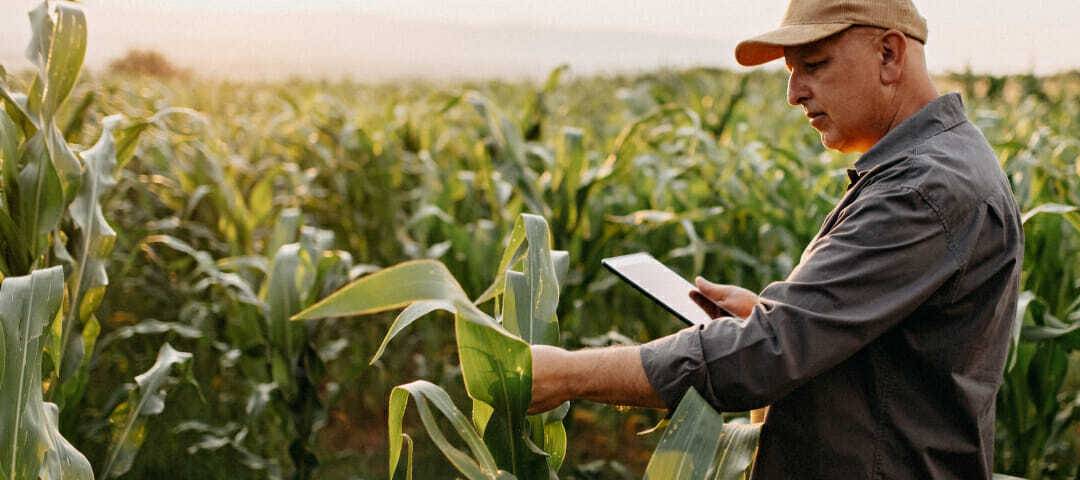
Join us as we walk through the importance of seed placement and how our Data Forward program and experts can help guide these decisions. #LathamSeeds
-
Latham Hi‑Tech Seeds
Ask the Agronomist: 2021 Crop Planning
Join us on November 12 at 8 AM as we discuss the conclusion of the 2020 harvest season and begin planning for 2021. We will share three different scenarios to help you select the right products for your acres. #AskTheAgronomist
-
Latham Hi‑Tech Seeds
Latham’s 2020 Virtual Field Day Was “Made for You”
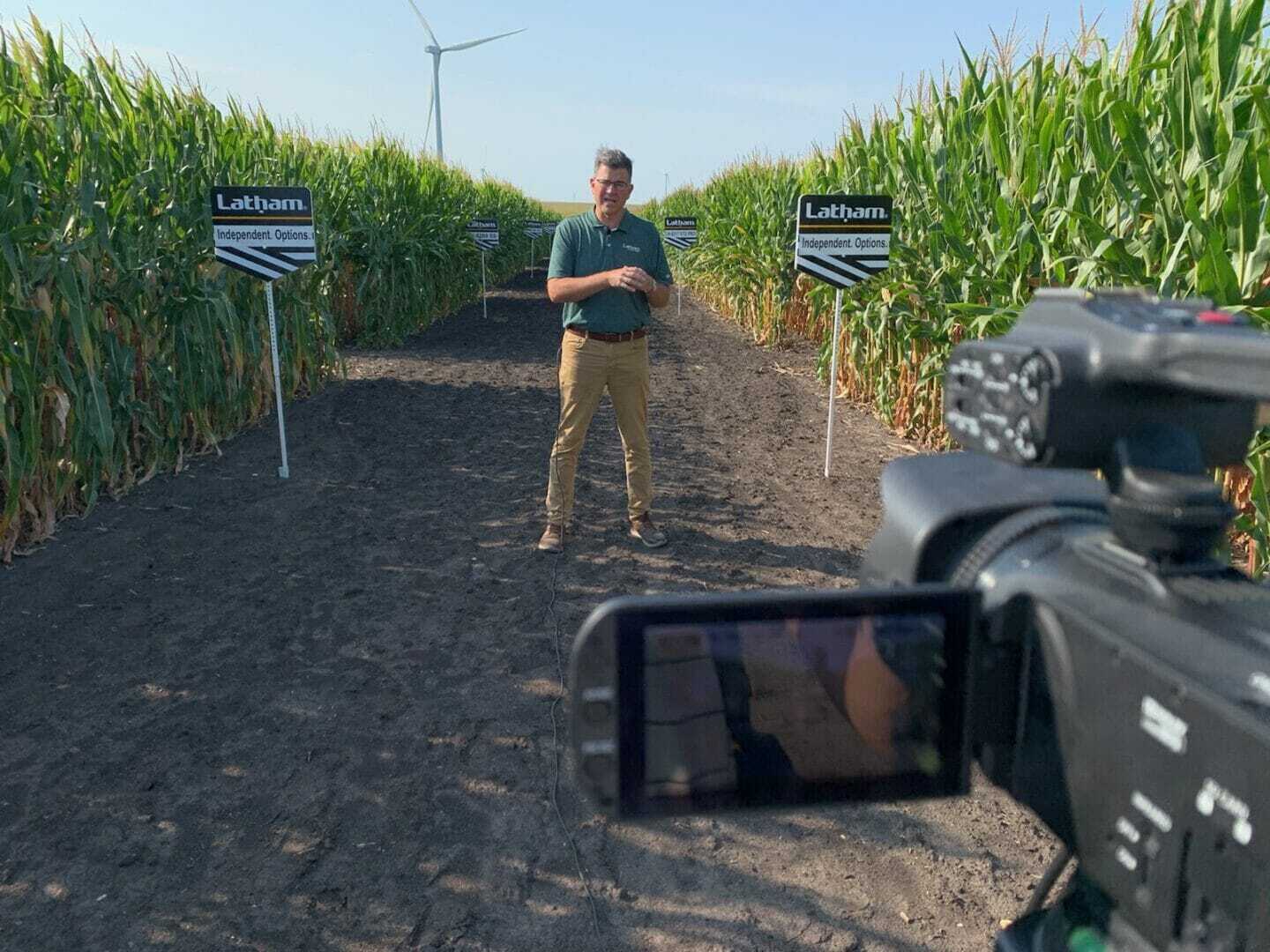
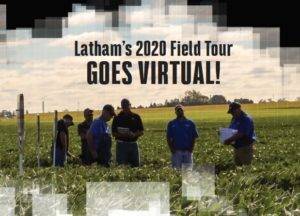 At Latham Hi‑Tech Seeds, we have hosted multiple field day on wheels. We’ve showcased emerging technologies that allow us to check crops from the air, but this is the first year we didn’t have to worry about the weather on our field day. It’s also the first time we a virtual day event.
At Latham Hi‑Tech Seeds, we have hosted multiple field day on wheels. We’ve showcased emerging technologies that allow us to check crops from the air, but this is the first year we didn’t have to worry about the weather on our field day. It’s also the first time we a virtual day event.Welcome to 2020! The worldwide COVID-19 pandemic has forced businesses around the globe to deliver information using technology like Zoom, Facebook Live and YouTube. Although we prefer to meet with farmers in person, our team of industry experts has developed some interesting and informative content for you. We hope you enjoy it and find it of value!
Below is a recap of our 2020 Latham® Virtual Field Day with links, so you can watch agronomic presentations from the comfort of your office or the cab of your tractor or combine:
- Fortunately, weather events did not affect our production fields. It looks to be another banner year for Latham seed production! You’re invited to join us for this 40-minute industry roundtable with Latham’s Product Team.
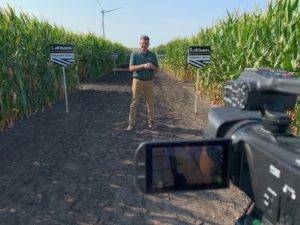 In this “challenges of harvest” roundtable hosted by Bob Foley, farmers from across the Upper Midwest tell us how they’re managing harvest in not-so-ideal conditions.
In this “challenges of harvest” roundtable hosted by Bob Foley, farmers from across the Upper Midwest tell us how they’re managing harvest in not-so-ideal conditions.- Put products and practices to the test on your on farm! Precision Agronomy Advisor Darin Chapman discusses on-farm research and the benefits. He covers how you can use “small data” to work on your own farm.
- Soybean Product Manager Mark Grundmeier provides tips for Selecting Soybean Products that are Built for Battle. Did you know farmers don’t have to give up yield when planting defensive soybeans? Mark talks about how Latham’s exclusive IRONCLADTM products are bred to combat local diseases.
- Latham’s Northern Product Manager Gary Geske explains how seed treatment helps maximize yield potential. He explains what makes Latham Seeds’ SoyShield® so unique, so elite and so effective.
- Latham Corn Product Manager, Lyle Marcus, shares how to maximize performance and reduce risk with Latham® corn hybrids in 2021. He also introduces eight new hybrids for spring planting.
- In this 20-minute workshop on seed placement and performance, Precision Agronomy Advisor Phil Long explains how to use Latham’s product guide to choose seed products for 2021. Did you know that placement can affect yield by up to 20 percent? That’s a 20- to 50-bushel yield swing! Phil walks us through how to match management style to product characteristics for best placement and performance.
One of the things we enjoy most about hosting field days is sitting at the table with Latham® dealers and customers. We always enjoy hearing about our customers’ families and learning more about farming operations. If you attend a Latham Seeds’ event, you can count on great conversation and a wonderful meal.
In true field day fashion, we are sharing with you a typical field day menu. Below are links to some of our favorite fall recipes:
- Harvest BBQ Pulled Pork Sandwiches, a recipe shared by Iowa’s Deputy Secretary of Agriculture Julie Kenney
- Sweet & Spicy Baked Beans
- Cranberry Waldorf Salad (Although this recipe isn’t from “The Field Position” blog, it’s a hit every time I make it for a group that visits Enchanted Acres pumpkin patch.)
- Apple Crisp
With the cool fall weather this week, we thought it would be the perfect time to share a new crockpot dish. Scroll down to find a recipe for Slow Cooker Cajun Chicken Fettuccine. Recipe and image sourced here.
-
Latham Hi‑Tech Seeds
2020 Latham Virtual Field Tour Recap
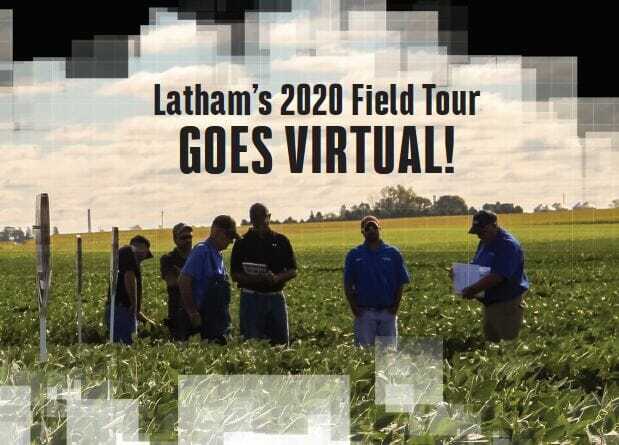
Find a recap of our 2020 Latham Virtual Field Tour. Latham’s product team shares insights on a variety of key topics geared toward success this harvest and into the 2021 growing season. If you missed the live session, no worries! Find our on-demand videos below of the field tour.
TUESDAY, SEPTEMBER 8, 2020: KICKOFF TO LATHAM’S VIRTUAL FIELD TOUR WEEK 2020
2Join us for the first session of our 2020 Virtual Field Day as John Latham shares about our 73 years of quality and innovation. What does this mean for our dealers and customers across Latham Country? Tune in to find out! #LathamSeeds- Watch on YouTube: https://youtu.be/38HPu0W5AG0
- Watch on Facebook: https://www.facebook.com/watch/?v=716833985567673&extid=wucYcQA8x7m2HAf4
Tune in above for a roundtable with Latham’s Product Team hosted by President John Latham.- 0:35 — Introductions
- 2:06 — What soybean technologies can farmers be looking forward to in the future?
- 3:50 — Has any of the extreme weather affected our corn supply?
- 5:45 — What additional agronomy videos are coming down the pipeline?
- 8:50 — Can the Data Forward app help with yield estimates?
- 11:25 — How to prepare yield monitors to gather accurate yield data?
- 16:30 — Late-season visible differences in treated and untreated seed
- 18:00 — Update on XtendiMax renewal
- 20:25 — 2021 corn line-up sneak peak
- 24:00 — What makes the word INDEPENDENCE so meaningful at Latham Seeds?
- 28:30 — Can we fix yield data after harvest?
- 29:25 — When is the best time to soil sample?
- 32:40 — Seed treatments: where can farmers cut some costs?
- 35:45 — John Latham’s update from ASTA
Watch on Facebook: https://www.facebook.com/watch/?v=2668478816588211&extid=ca2iM5vffbodkI4Y
Watch on YouTube: https://youtu.be/O8FHM7ESu9M
WEDNESDAY, SEPTEMBER 9, 2020: MAXIMIZING YOUR 40 CHANCES
Join us for a 35 minute segment as farmers tell all about managing no-so-ideal harvest scenarios hosted by Bob Foley.
- Watch on YouTube: https://youtu.be/wapZOMosW9w
- Watch on Facebook: https://www.facebook.com/watch/?v=2769613716607152&extid=qtyQfwe76nz099nQ
Join us as Precision Agronomy Advisor Darin Chapman discusses on-farm research and the benefits of testing ideas for the future.
- Watch on YouTube: https://youtu.be/dQGiV3n9SwQ
- Watch on Facebook: https://www.facebook.com/watch/?v=230182775092324&extid=2gNkqUOjZDfEUmW4
Join us as Corn Product Manager, Lyle Marcus, discusses how to maximize performance and reduce risk with Latham® corn hybrids in 2021.
- Watch on YouTube: https://youtu.be/TqU1IGTj-VU
- Watch on Facebook: https://www.facebook.com/watch/?v=313068009801743&extid=LSYK1tpv18TZXFtt
SPECIAL FEATURE! 20 Minute Workshop hosted by Precision Agronomy Advisor Phil Long. Did you know that placement can affect yield by up to 20%? That’s a 20-50 bushel yield swing! Phil will walk through how to match management style to product characteristics for best placement and performance.
- Watch on YouTube: https://youtu.be/3GijMR2w6nw
- Watch on Facebook: https://www.facebook.com/watch/?v=887477738448432&extid=vfxO7xfB1W1Jr5XH
THURSDAY, SEPTEMBER 10, 2020: MANAGING SOYBEANS ON OFFENSE AND DEFENSE
What does it mean for a product to be Built for Battle? Mark Grundmeier shares insight into our highly offensive and defensive soybean product options.- Watch on YouTube: https://youtu.be/_EGw1UA4-b4
- Watch on Facebook: https://www.facebook.com/watch/?v=1233891166969244&extid=LS56ewVr5vxXKVKA
Join us as we discuss how to protect the yield potential of soybean genetics from day one with expert Gary Geske.- Watch on YouTube: https://youtu.be/mNxBtFDryHk
- Watch on Facebook: https://www.facebook.com/watch/?v=1945198385604293&extid=9ycIGoHLwzgBYFjq
Mark Grundmeier and Gary Geske share key insight on diversifying your soybean options to maximize performance and reduce risk.- Watch on YouTube: https://youtu.be/Q9I5hS-y8fU
- Watch on Facebook: https://www.facebook.com/watch/?v=1233891166969244&extid=LS56ewVr5vxXKVKA
-
Latham Hi‑Tech Seeds
Soil Crusting and Leafing Out Underground
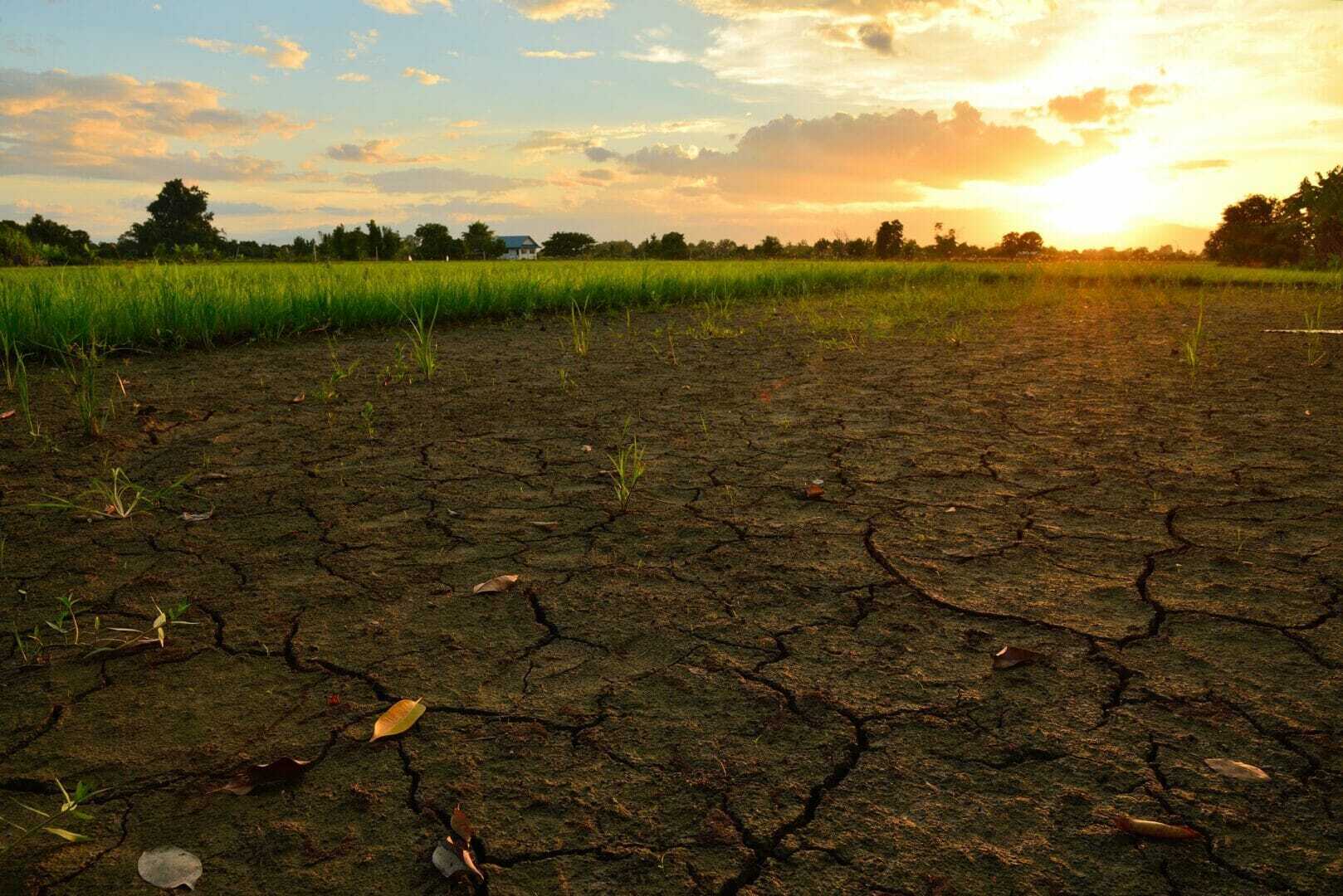
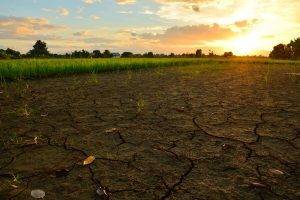
iStock Photo Most often the result of heavy rainfall, soil crusting presents itself in the form of hardened soil with a smooth and compacted appearance. Heavy rains following planting along with high heat and winds can cause finely tilled soils with limited residue cover to form a very dense crust. In addition, planting in wet soils and the use of heavy tilling are primary causes of soil crusting. Fine soils and soils with little organic matter are also more susceptible to the condition.
Soil Crusting Implications
Hardened soil presents implications for water infiltration while also interfering with crop emergence. The coleoptile of a corn plant acts to protect leaves from emerging before the shoot penetrates the soil. When soil crusting occurs, this can cause leaves to emerge prematurely through the coleoptile below the soil instead of above ground – also known as “leafing out”. When the coleoptile ruptures before penetrating the soil, it becomes much more difficult for leafing out to occur above ground.
The hypocotyl of the soybean plant may enlarge as it pushes against the crust and can eventually snap and kill the plant. If you notice a swollen hypocotyl, that soybean plant is trying harder than normal to break through the soil.
A study from Iowa State University found that when 17% of corn plants on a plot exhibited delayed emergence, overall yield was decreased by 4-8%. For soybeans, research from North Carolina State University concludes that delayed emergence reduced overall yield by an average of 14 bushels per acre.
Leafing Out Identification
Leafing out is often seen in the form of a “shepherd’s crook” when the coleoptile ruptures prematurely and prevents leafing out above ground. The decreased vigor resulting in premature leafing out can lead to uneven emergence and ultimately reduce yield.
Adapting Solutions
No-till or minimum-till can reduce the amount of soil movement in times of heavy rainfall, preventing the onset of crusting. In addition, improving surface soil structure can be done by adding organic matter using cover crops or manure.
Using a rotary hoe at the depth of the crust can break up the soil, allowing seedlings to emerge. This practice can also act as a means for weed control prior to their emergence. By using a combination of approaches, soil crusting can be eliminated to avoid leafing out below ground.
-
Latham Hi‑Tech Seeds
Ask The Agronomist: Prepping The Seed Bed
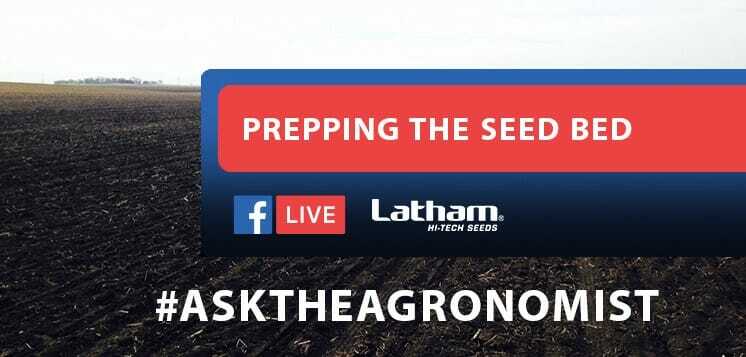
How much tillage is too much? Phil Long discusses proper seed bed preparation and the importance of protecting moisture in the ground. #AskTheAgronomist
:20 – Welcome
1:40 – Topic introduction
3:00 – GDUs, rainfall averages and soil temperatures
4:40 – Soybean germination
5:15 – Conserving moisture in the seed bed
6:40 – Optimal seed depth
7:27 – Soil sealing
10:36 – Cover crops and early termination
11:35 – Final thoughts
-
Latham Hi‑Tech Seeds
Post-Harvest Soil Tests Can Yield Results Next Season
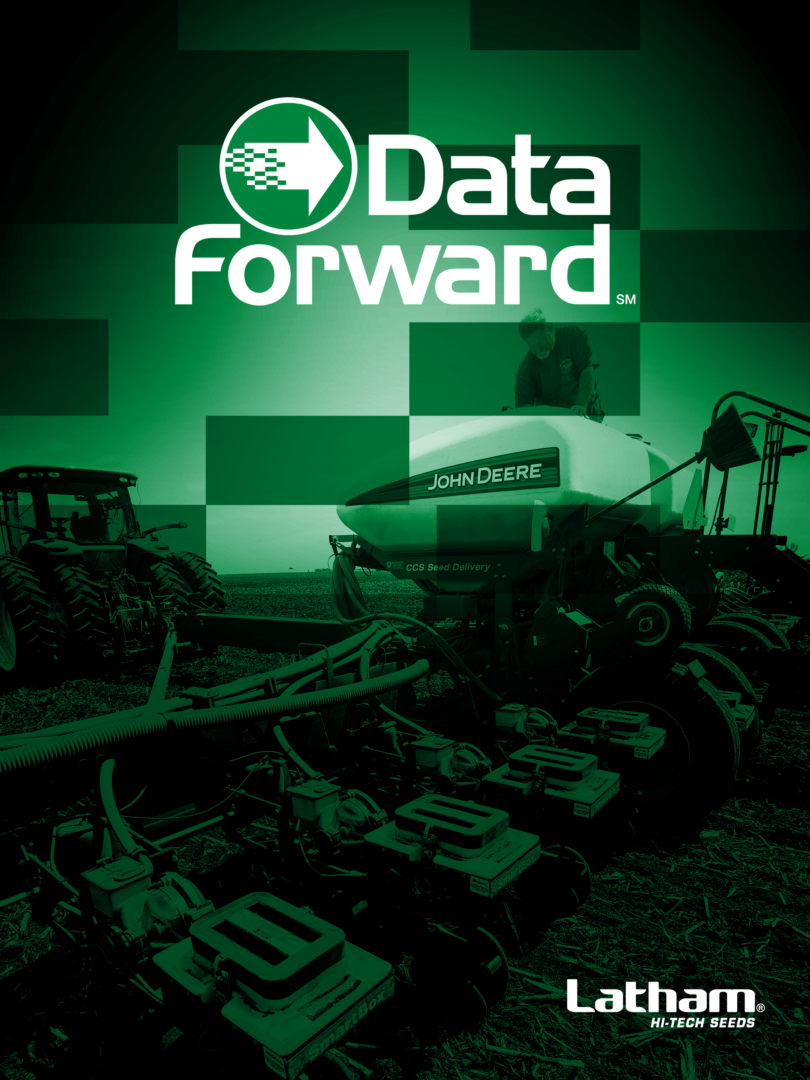
by Darin Chapman, Precision Agronomy Advisor

Soil sampling and soil testing are best management practices to produce the highest yields. As margins narrow, farmers often look to reduce fertilizer as a way to reduce costs of producing a crop. Soil tests and precision ag technology can be the catalyst for reducing costs of fertilizer inputs without sacrificing yield or soil health.
The basic principles of soil sampling haven’t changed much over the years. Advancements in cropping practices, machinery and technology, new crop genetics and fertilizer application have resulted in advanced strategies for using that data.
Fertilizer recommendations historically have been based on average soil tests, area conditions and target yields. This method is good for the acres that align with the average, but it also means too little or too much fertilizer is applied to other areas impacting yield and profitability. It’s good practice to take soil samples every three years to monitor phosphorus and potassium. Soil sampling for nitrogen is imperative, particularly in years with unusual weather.
If reducing fertilizer costs is the goal, here are a few steps to consider:
- Reduce broadcast applications in areas where soil tests show optimal levels. Routine soil tests in the years following with help make sure those nutrients are remaining at optimal level with this new practice.
- Use Latham Hi‑Tech Seeds’ Data Forward™ App to make grids that fit your operation whether it be 2.5-acre grids or zone sampling. Try to avoid these sampling areas: lime, sludge, or manure piles, animal droppings, areas near fences or roads, banded fertilizer rows, eroded knolls and low spots to ensure good data is included in your results.
- Sample fields at the same time every year, so your analyses are more comparable over time. Post-harvest is a good time to sample for many crops. Taking samples three to six months prior to the next crop will allow enough time for any pH or nutrient adjustments.
- Establish a dollar amount to spend on potassium, phosphorous, lime and nitrogen. Review the soil test grids to identify low producing areas and high producing areas of your fields. These newly identified zones can be a map for where to place more or less fertilizer for best return.
Low fertility and PH levels play a huge factor in your crop yields. We need to take advantage of the current technology to make crucial decisions on variable rate applications across the field. If we are not using our soil test results, yield monitors and yield maps to their full ability we are missing big opportunities to increase income.
Contact Latham Seed’s Precision Agronomy Advisors to perform a Needs Assessment. Phil Long and I can help you decide what is the best fit for your operations.
-
Latham Hi‑Tech Seeds
#AskTheAgronomist: Fall Seeding Cover Crops

Phil Long shares information on fall seeding cover crops and the benefits associated with this practice.
0:30 – Crop report update
1:42 – Cover crop topic introduction
2:42 – Fall seeding options
4:08 – What’s your goal?
4:45 – Rye benefits
7:45 – Weed suppression
11:48 – Herbicides effect on cover crops
12:32 – Field Day Preview
